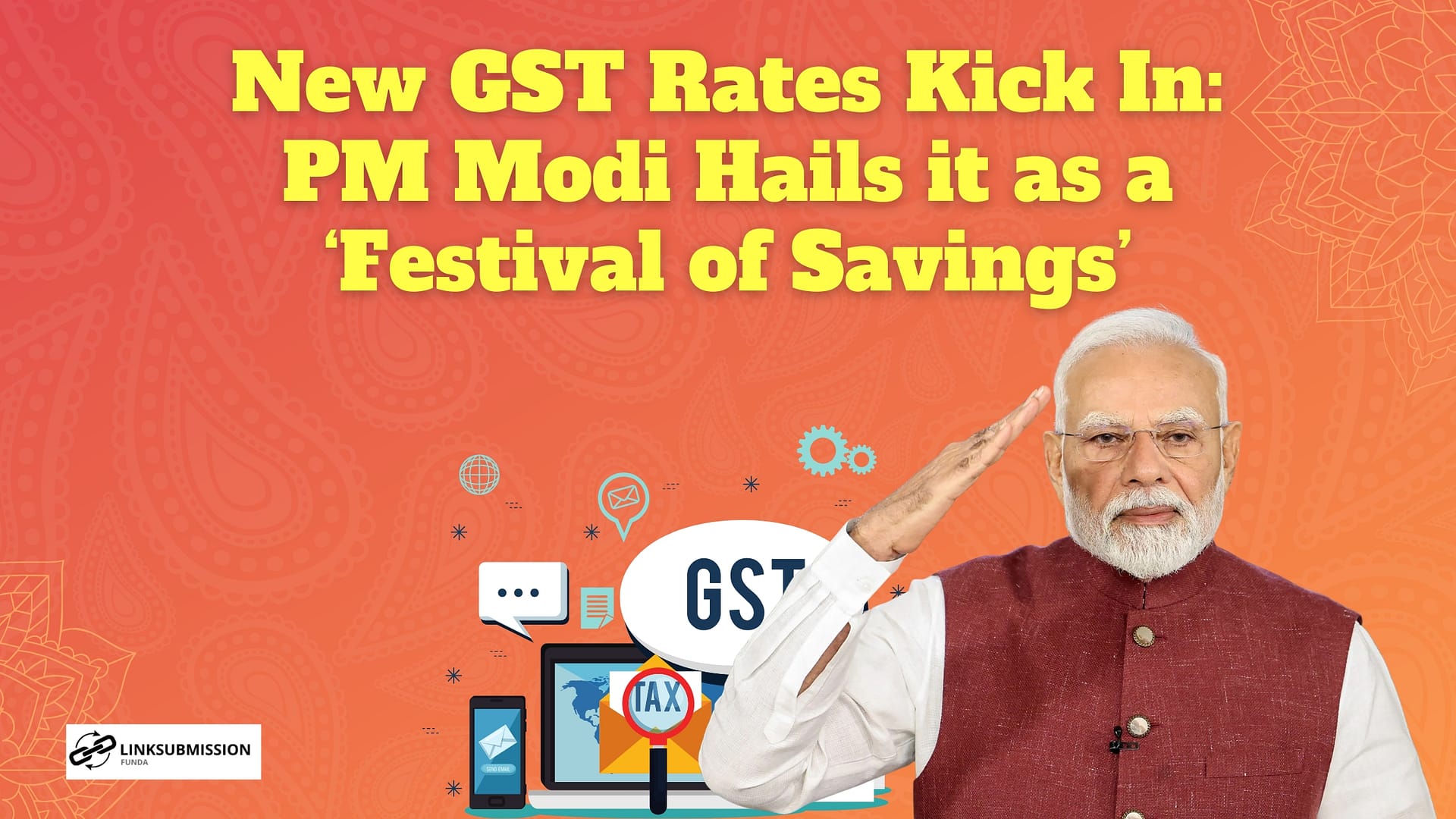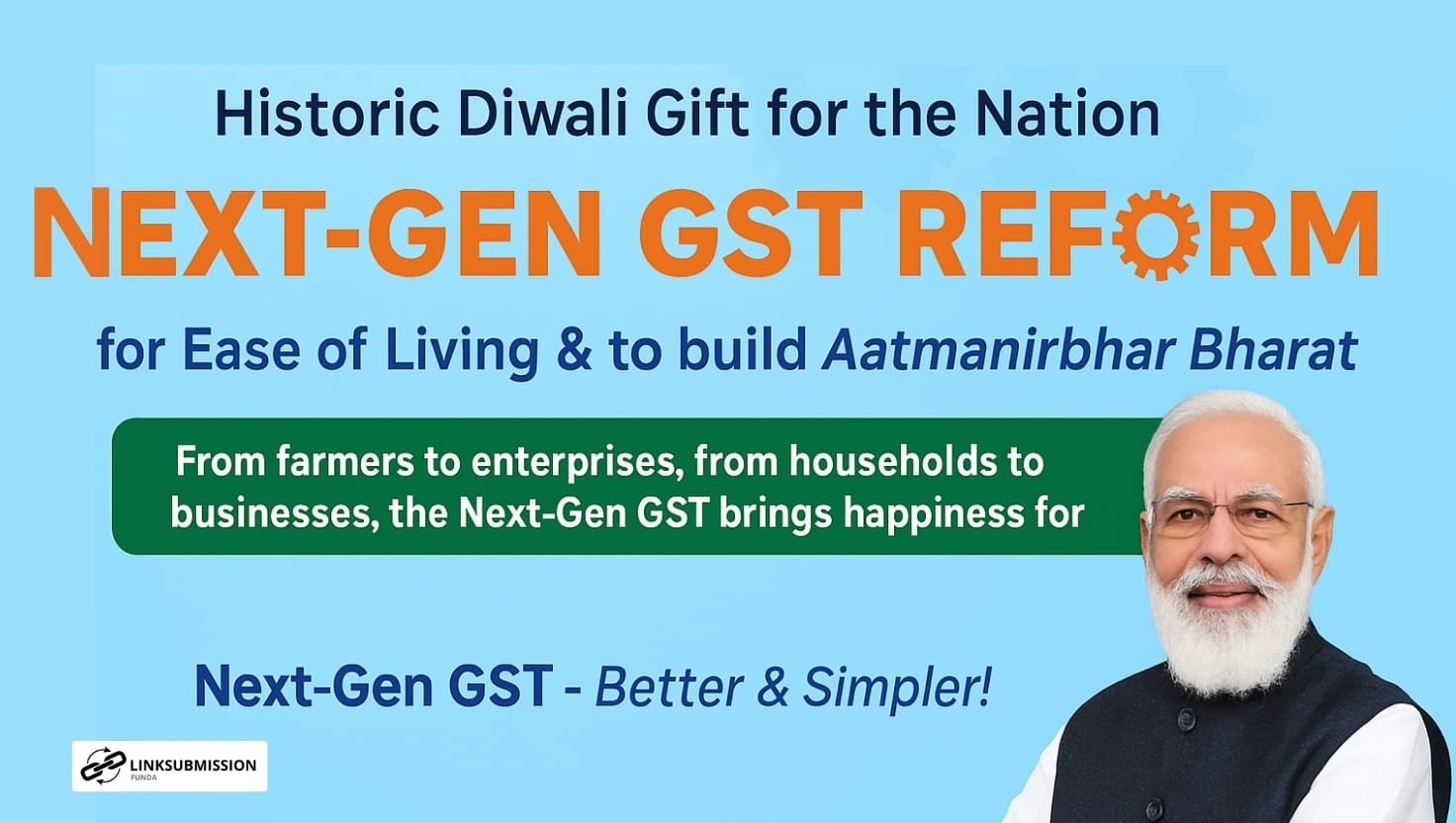The Goods and Services Tax (GST) Council’s latest revision of tax rates has officially come into effect, bringing cheer to millions of households and businesses across India. Prime Minister Narendra Modi described the development as a “savings festival” for the people, highlighting how the changes are expected to make essential goods and services more affordable while boosting consumer confidence.
A Step Towards Relief for Consumers
The revised GST rates come at a time when rising costs of living have been a concern for families. The council, which includes representatives from both the Centre and states, decided to slash taxes on a range of items. From household essentials to small appliances, the new rates are designed to reduce the burden on consumers.
For instance, daily-use goods such as packaged food items, sanitary products, and select home appliances now attract lower GST slabs. This move is expected to bring direct relief to middle-class and lower-income households, who often feel the pinch of indirect taxation the most.
PM Modi’s Message: A Celebration of Savings
In his address, Prime Minister Modi framed the revised GST rates as a celebration of people’s hard-earned money. He stated that the government is committed to ensuring that every citizen benefits from economic reforms, and these rate cuts are a clear reflection of that promise.
“Lower GST rates mean more savings for families and businesses. This is not just a policy change—it is a festival of savings that empowers every Indian to make their life easier and more affordable,” the Prime Minister emphasized.
His remarks were aimed at underlining the government’s effort to make taxation simpler and more people-friendly, while also stimulating demand in the market.
Boost for Small Businesses and Startups
Apart from households, small businesses and startups stand to benefit significantly. The reduced tax burden on raw materials and certain services means lower input costs. This, in turn, allows businesses to pass on the benefit to customers while keeping their operations sustainable.
Industry experts believe that the timing is crucial, as many small and medium enterprises (SMEs) have been struggling to recover from global economic uncertainties. The revised GST structure could offer them a much-needed cushion to regain competitiveness.
Positive Ripple Effect on the Economy
Economists suggest that such GST reforms can generate a positive ripple effect. Lower tax rates on goods and services encourage higher consumption, which boosts demand in the economy. Increased consumer spending directly translates into higher sales for businesses, job creation, and ultimately, faster economic growth.
By easing the financial load on households, the government is also indirectly supporting industries like retail, FMCG, and e-commerce. These sectors are likely to see a rise in customer spending during upcoming festive seasons.
Opposition’s Mixed Response
While the government has projected the new GST rates as a landmark decision, reactions from the opposition have been mixed. Some leaders welcomed the move, acknowledging its potential to offer relief to families. Others, however, argued that the cuts should have been broader and more timely, especially given the inflationary pressures over the past year.
Critics also raised concerns about whether the rate reductions would truly reach consumers or be absorbed by intermediaries in the supply chain. To address this, the government has assured strict monitoring and compliance measures to ensure transparency in pricing.
A Festival Beyond Numbers
Beyond the economic implications, the phrase “savings festival” strikes a cultural chord. India, being a country where festivals symbolize prosperity and well-being, can relate to the idea of celebrating relief in financial terms. The timing of the announcement, close to major festive seasons, further reinforces this sentiment, as families plan to make purchases and investments.
Looking Ahead
The revised GST rates mark another chapter in India’s ongoing journey of tax reform. Since its launch in 2017, the GST system has undergone multiple changes to balance government revenue needs with citizens’ affordability. This latest round reflects a clear shift toward prioritizing consumer welfare and supporting businesses.
If implemented effectively, the “festival of savings” could turn into a catalyst for broader economic revival, bridging the gap between fiscal policy and people’s aspirations.
Conclusion
The new GST rates are more than just a technical adjustment in taxation—they represent a larger vision of inclusive growth and financial empowerment. Prime Minister Modi’s framing of the decision as a “savings festival” resonates with the common man’s desire for relief from rising expenses.
As households enjoy lower prices and businesses reap operational benefits, India stands at the cusp of a new wave of consumer-driven growth. If the reforms are sustained and expanded, this festival may indeed mark the beginning of a brighter financial future for millions of Indians.





